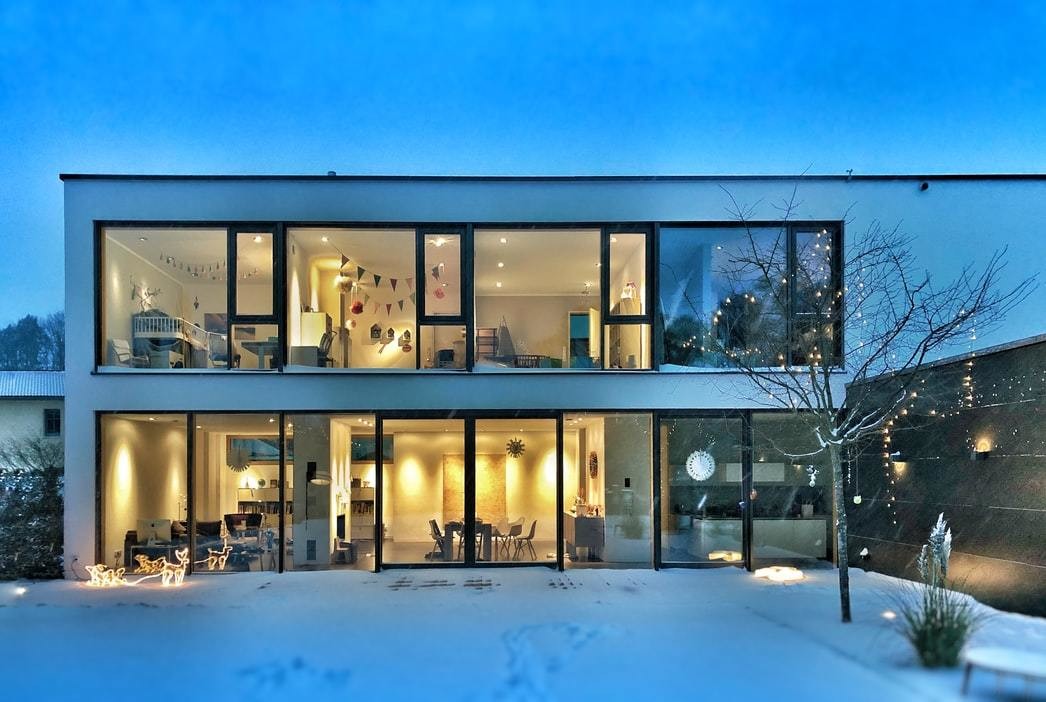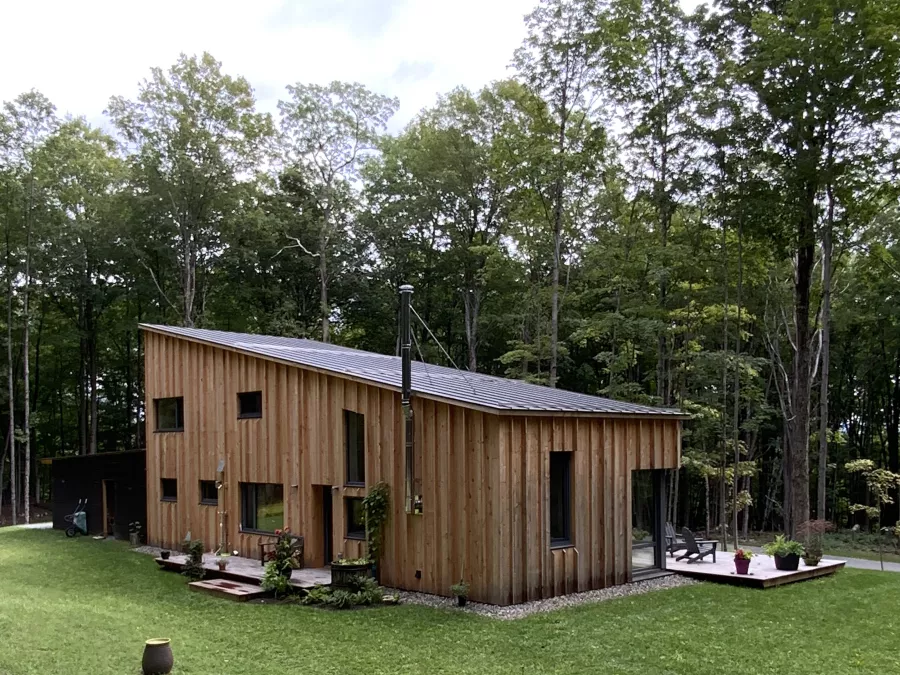As a builder, understanding and implementing passive design principles can significantly improve the energy efficiency of the structures you create. This guide will provide you with essential guidelines to incorporate passive design into your building projects.
Before diving into the specifics, it’s important to understand the concept of passive design. It refers to the use of the sun, wind and other environmental conditions to maintain a comfortable temperature range in a building. Passive design reduces or eliminates the need for auxiliary heating or cooling, which can significantly reduce both energy use and environmental impact. For more detailed information, check out this comprehensive resource.
Key Elements of Passive Design
There are several key elements to consider when implementing passive design in your building projects. These include orientation, insulation, window placement and size, shading, ventilation, and thermal mass. Each of these factors plays a crucial role in the overall energy efficiency of a building.
Implementing Passive Design
Implementing passive design principles requires careful planning and consideration. It’s important to consider the local climate, site conditions, and building usage. For more information on specific materials that can aid in creating an airtight building envelope, check out our airtight building materials overview.
Benefits of Passive Design
Adopting passive design principles can provide numerous benefits. These include reduced energy costs, improved indoor air quality, increased comfort, and reduced environmental impact. It’s a win-win situation for both the builder and the building occupants.
To further enhance the energy efficiency of your building project, consider integrating solar power. You can include solar integration as part of your design. And remember, it’s possible to build smart on a budget.
By following these guidelines, you can create buildings that are not only energy efficient but also comfortable and sustainable. Start implementing passive design principles in your building projects today and reap the benefits for years to come.






